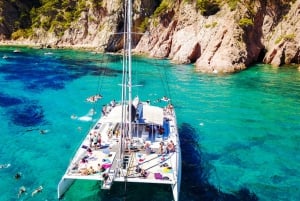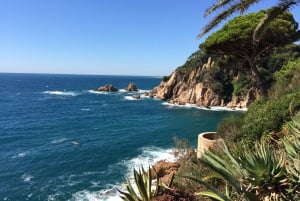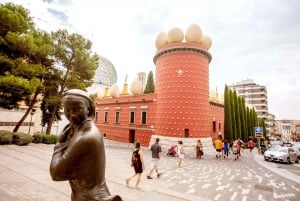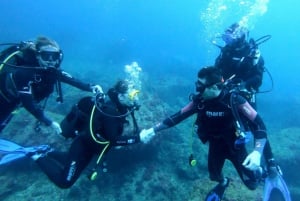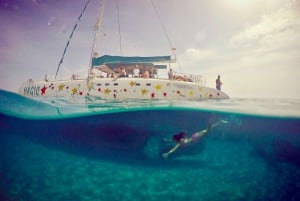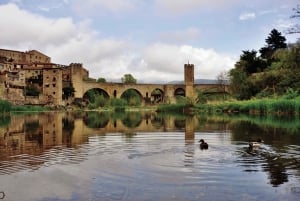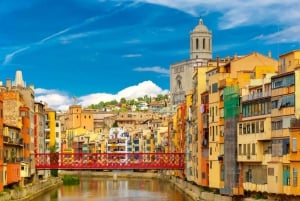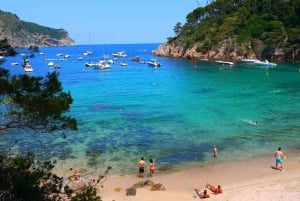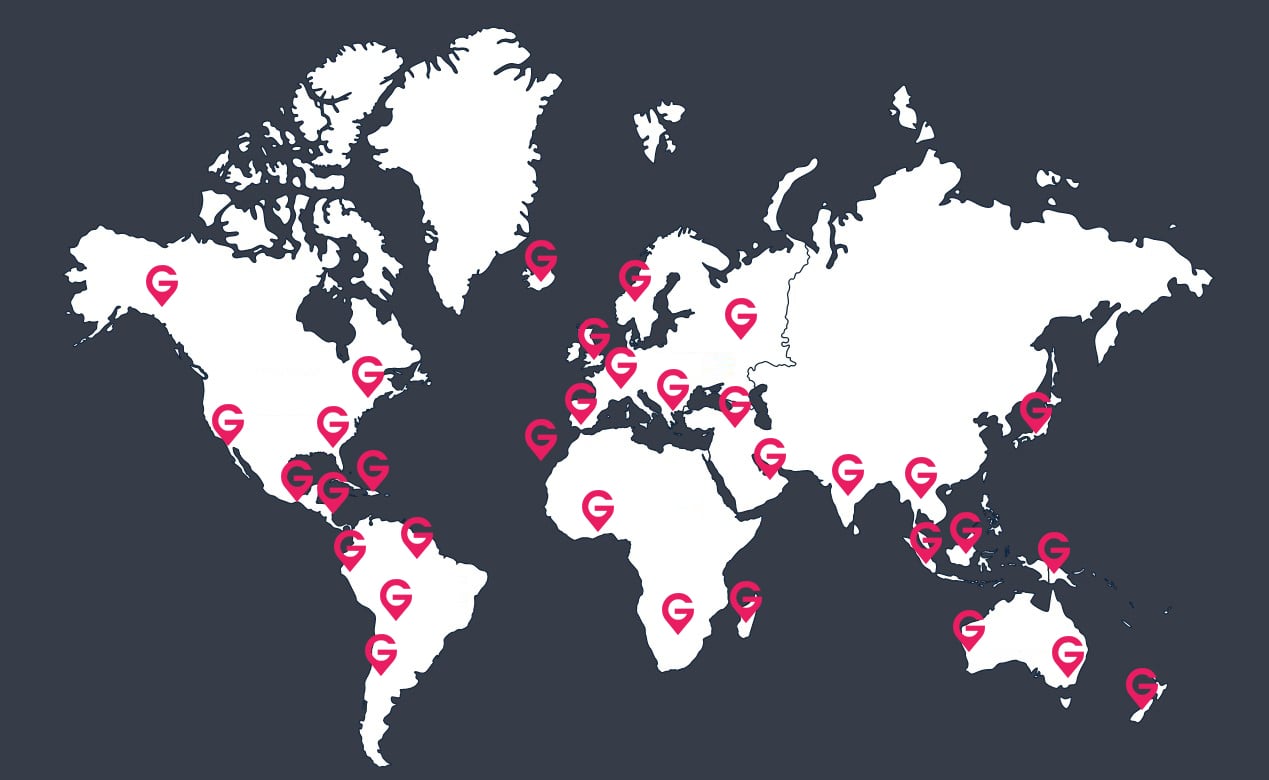Local Cuisine
Well, what can be said about such a world-renowned cuisine? In addition to its landscape, customs and people, the  region and indeed Catalonia, is becoming an important point of reference for local cuisine.Â
In fact, almost all events on the  are celebrated with a meal around the table and if there is no cause for celebration a good excuse is always invented! So, any excuse is a good one for tasting the best dishes and excellent wines from this region.
The large variety of "mar i muntanya" (sea and mountain) ingredients, thanks  to the mild Mediterranean
climate, such as fish, seafood, meat, cured pork meats and sausages, rice dishes, fruit and vegetables, and wines and oils bearing the denomination of origin, has enriched a long-standing culinary culture, with the creation of traditional dishes such as "
pa amb tomà quet" (bread rubbed with ripe tomatoes and drizzled with olive oil), "
mongetes amb butifarra" (white beans and Catalan sausage), "
escalivada" (oven grilled peppers, onion and aubergines) or "
esqueixada" (salted cod salad with tomato and onion), not to mention well-known accompaniments such as "
xanfaina" (tomato sauce), "
picada" (a sauce made of almonds, bread and stock) or "
allioli" (garlic mayonnaise).
Â
Nor should we forget the wide variety of cakes and sweets, each made for a different occasion, such as the "Coca de San Joan" (a cake eaten on the night of San Joan), "panellets" (small cakes made out of ground almonds and sweet potato eaten in November) or "turró" (nougat eaten at Christmas).
Â
There are usually three meals during the day. Breakfast is normally something light, with lunch being the main meal (between 1pm and 2pm during the week and at approximately 3pm at weekends or holidays). Dinner is usually at 9pm during the week or later at the weekend.
Â
The has long paid host to a number of different culinary groups to promote the typical dishes of the region:
Â
"La cuina del Vent" (Alt Empordà ): cuisine using well-known ingredients such as onions, cherries, cheeses and cured pork meats and sausages, in addition to seafood.
Â
"La cuina de lâEmpordanet" (Baix Empordà ): A pioneering group created to promote regional products through recipes using seasonal products such as "garoinades" (sea urchins), prawns, oily fish and rice dishes.
Â
"La cuina Volcà nica" (La Garrotxa): With the aim of re-inventing traditional dishes, this group promotes family-style cooking using local products, such as meat, cured pork meats and sausages and potatoes from Olot and beans from Santa Pau.
Â
"Girona Bons Fogons" (Gironès): The restaurants comprising this group, some of which are renowned worldwide, aim not only to promote local products through innovative cooking, but they also strive to make the province of Girona a top-class culinary destination.
Â
 "El Grup Gastronòmic del Pla de lâEstany" (Pla de lâEstany): This group has also been created to promote local products such as honey, garlic and pumpkin and to preserve ancient culinary traditions.
Â
The "Colectiu de Joves Cuiners" (Young Chefsâ Group) brings together restaurants from all over the Costa Brava to promote inventive cooking, whilst ensuring a balance between traditional Catalan cooking and new trends, not forgetting the use of local produce.
Â
Other culinary groups striving to promote and encourage the use of fresh local ingredients are:
Â
- "El Club de Gastronomia del Gironès": this group aims to promote fruit and vegetables from the Girona area, together with the pork industry.
Â
- "El Besalú Gastronòmic": With campaigns such as "el Besalú Jueu" (Jewish Besalú) or "el Besalú Medieval" (Medieval Besalú), this group aims to revive recipes containing ingredients such as tomatoes, carrots, cured pork meats and sausages and "ratafÃa" (an excellent sweet dessert wine).
Â
- "Lâassociació de Restaurants de la BadÃa-El Plat Blau": this association groups together restaurants from Palamós, Calonge and Sant Antoni and has created three special menus to be tasted throughout the year: The Prawn menu, the Norway lobster menu and the Fish Stew menu.
Â
- "La Cuina termal": This is a group which promotes a wide range of recipes which have been re-invented without forgetting their origins and use thermal water, renowned for its medicinal properties.
Â
The restaurants we recommend in this guide carry a logo to identify whether they belong to any of the aforementioned culinary groups. Restaurants belonging to the slow food or KM0 movements, promoting the use of local and seasonal produce, are also identified.
Â
For your next visit to the Costa Brava, take a look at the following calendar of menus so that you can try tasty seasonal dishes throughout the year:
JANUARY
Â
Llagostera: Sea and Mountain cookery
Â
Palafrugell: Sea urchin festes
FEBRUARY
Llagostera: Sea and Mountain cookery
Â
Palafrugell: Sea urchin festes
Â
MARCH
Â
Palafrugell: Sea urchin festes
Â
Besalú: Jewish town cookery
Â
Calonge, Sant Antoni and Palamós: Caçola de peix
Â
Cassà de la Selva: Game
Â
Girona: Gastro-week
Â
Pals: Rice cuisine
APRIL
Â
Arbúcies: Vegetables and snails
Â
Begur: Rock fish
Â
Calonge, Sant Antoni and Palamós: Fish stew
Â
La Bisbal dâEmpordà : Grandmaâs cooking
Â
Pals: Rice cuisine
Â
Peratallada: Vegetable cuisine
Â
MAY
Â
Begur: Rock fish
Â
Calonge, Sant Antoni and Palamós: Prawn menus
Â
LâEscala: "El Triunvirato", Roman and Greek cuisine
Â
Llagostera: "Festa Major" cuisine
Â
Lloret de Mar: Culinary seminars - rice
Â
Peratallada: Cooking from the vegetable plot
Â
Sant Feliu de GuÃxols: "Ganxó" â oily fish
Â
Torroella de Montgrà â LâEstartit: Culinary seminars "Tastets de Mar"
Â
JUNE
Â
Banyoles: Culinary June in el Pla de lâEstany
Â
Begur: Rock fish
Â
Calonge, Sant Antoni and Palamós: Prawn menus
Â
Llagostera: "Festa Major" cuisine
Â
Llançà : "Palangre" fish
Â
Sant Feliu de GuÃxols: "Ganxó" â oily fish
Â
Torroella de Montgrà â LâEstartit: Culinary seminars "Tastets de Mar"
Â
Tossa de Mar: "Fideus a la caçola" (seafood noodle dish)
Â
JULY
Â
Calonge, Sant Antoni and Palamós: Prawn menu
Â
Roses: "Suquet de peix" (seafood casserole)
Â
AUGUST
Â
Roses: "Suquet de peix" (seafood casserole)
Â
SEPTEMBER
Â
Peratallada: Cooking with fowl
Â
Pla de lâEstany: Culinary seminars â garlic and pumpkin
Â
Roses: "Suquet de peix" (seafood casserole)
Â
Tossa de Mar: Culinary campaigns - "cimitomba" cuisine
Â
Â
Â
OCTOBER
Â
Arbúcies: Chestnuts, wild mushrooms and game
Â
Calonge, Sant Antoni and Palamós: Norway lobster menu
Â
Llagostera: Wild mushrooms
Â
La Bisbal dâEmpordà : "Tastaolletes", gastronomy and ceramics fair
Â
LâEscala: El "Suquet" (seafood casserole)
Â
Maçanet de Cabrenys: Chestnuts and wild mushrooms
Â
Palafrugell: "El niu"
Â
Roses: "Suquet de peix" (seafood casserole)
Â
Santa Cristina dâAro: Wild mushrooms
Â
Torroella de Montgrà â LâEstartit: Culinary seminars - Meat
Â
NOVEMBER
Â
Calonge, Sant Antoni y Palamós: Norway lobster menu
Â
Llagostera: Wild mushrooms
Â
Maçanet de Cabrenys: Chestnuts and wild mushrooms
Â
Olot: la Garrotxa gastronomy fair
Â
Palafrugell: "El niu"
Â
Roses: "Suquet de peix" (seafood casserole)
Â
Santa Cristina dâAro: Wild mushrooms
Â
DECEMBER
Â
Calonge, Sant Antoni and Palamós: Norway lobster menu
Â
LâEscala: Christmas cooking
Â
Roses: "Suquet de peix" (seafood casserole)



